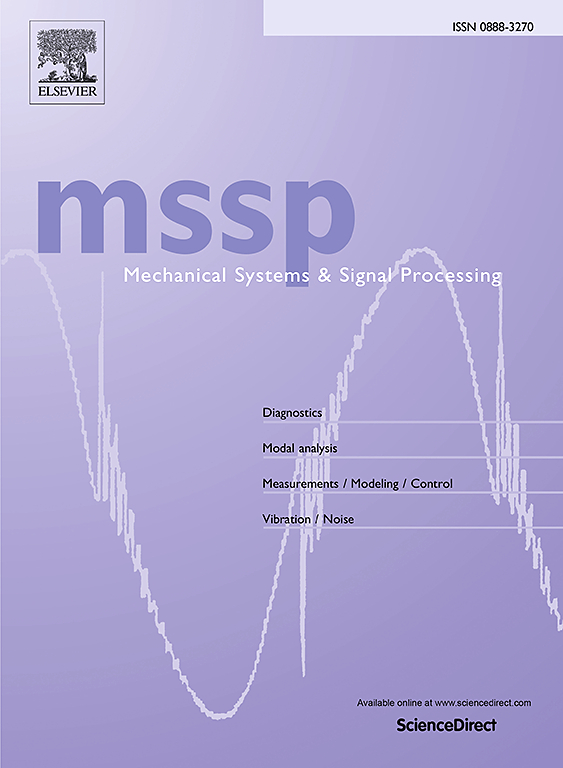Structural health monitoring of shell structures with preexisting cracks
IF 7.9
1区 工程技术
Q1 ENGINEERING, MECHANICAL
引用次数: 0
Abstract
Plate and shell-like structures are widely used in the aerospace, marine, and renewable energy sectors. However, they are susceptible to various defects, especially cracks, during their operational lifespan. Although the inverse Finite Element Method (iFEM) offers significant advantages, such as real-time shape sensing capabilities, its current formulations cannot reconstruct crack mechanics and analyze structures with preexisting cracks. Geometric discontinuities, such as cracks, present unique challenges that require special treatment in fracture mechanics. This study presents a novel inverse crack tip shell element for real-time reconstruction of full-field displacement profiles and computation of Stress Intensity Factors (SIFs), addressing the limitations of current iFEM formulations. The proposed six-node triangular inverse element is flexible in mapping complex geometries and inherently ensures strain singularity at the crack tip by repositioning its mid-side nodes. The proposed inverse formulation is numerically validated against benchmark analytical and high-fidelity Finite Element Method (FEM) reference solutions for varying geometries and crack configurations subjected to different loading and boundary conditions. The study also introduces a variational technique for optimizing sensor locations within the inverse element domain to accurately compute Stress Intensity Factors (SIFs). The proposed inverse shell formulation is computationally efficient and seamlessly integrates within the iFEM framework for real-time shape sensing and Structural Health Monitoring (SHM) of shell structures with preexisting cracks.
求助全文
约1分钟内获得全文
求助全文
来源期刊

Mechanical Systems and Signal Processing
工程技术-工程:机械
CiteScore
14.80
自引率
13.10%
发文量
1183
审稿时长
5.4 months
期刊介绍:
Journal Name: Mechanical Systems and Signal Processing (MSSP)
Interdisciplinary Focus:
Mechanical, Aerospace, and Civil Engineering
Purpose:Reporting scientific advancements of the highest quality
Arising from new techniques in sensing, instrumentation, signal processing, modelling, and control of dynamic systems
 求助内容:
求助内容: 应助结果提醒方式:
应助结果提醒方式:


